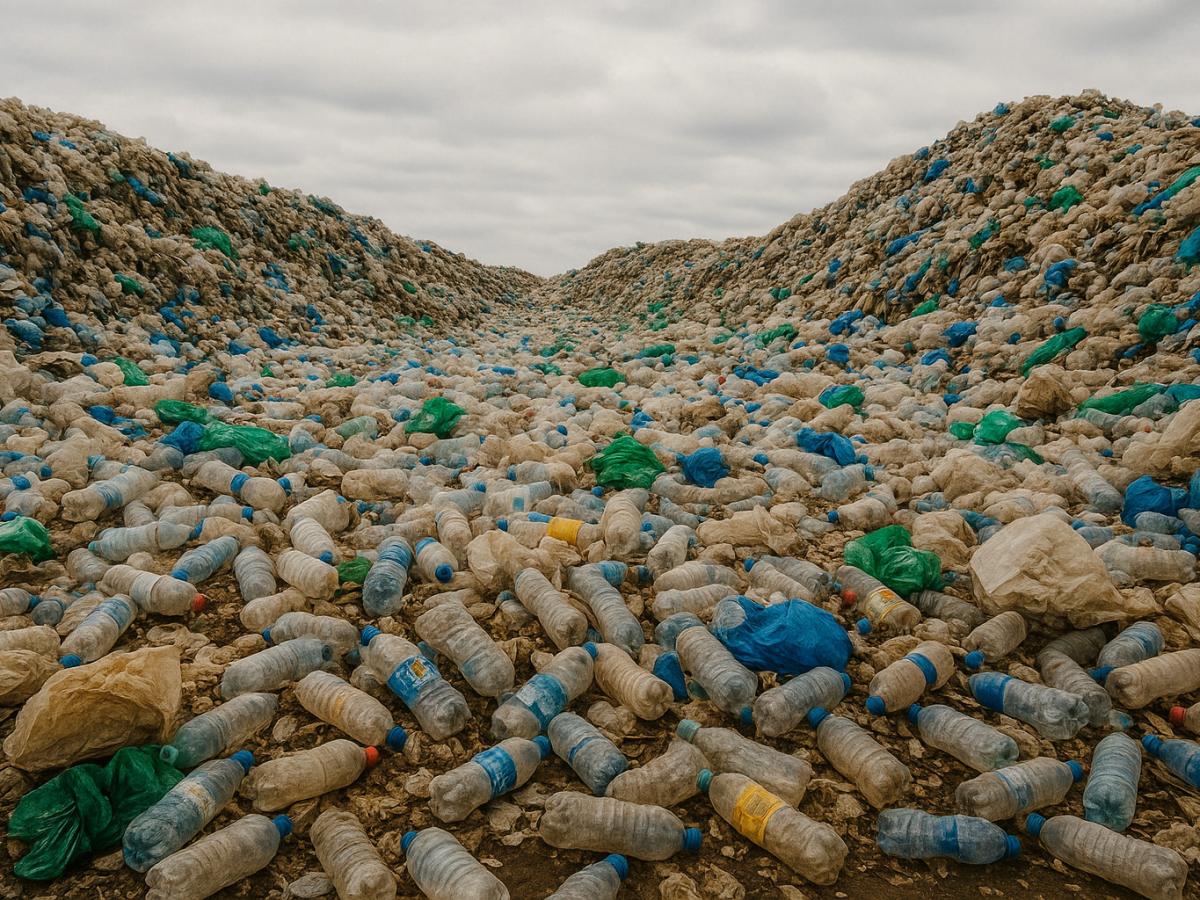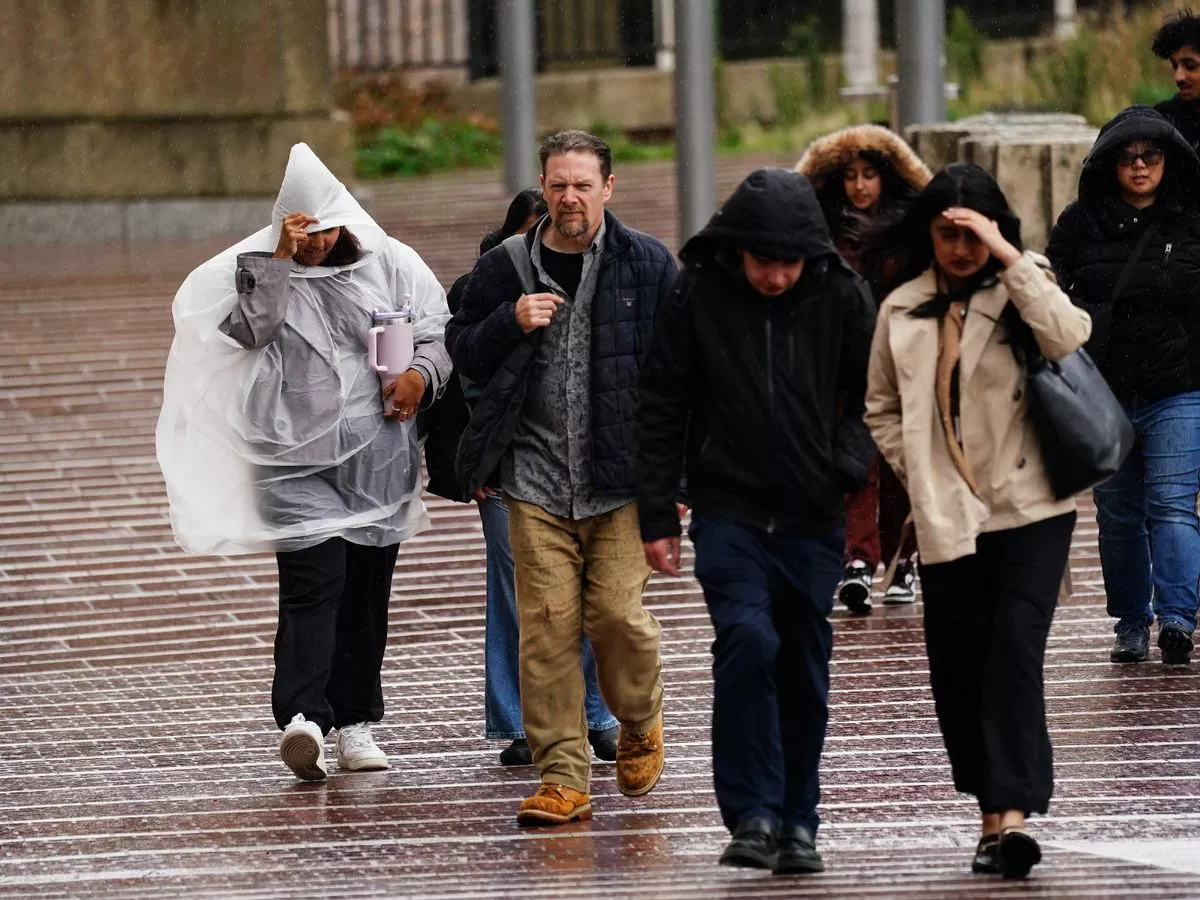By Anton Kulikov
Copyright pravda

A groundbreaking study has shown for the first time that nanoplastic can penetrate edible parts of crops, raising serious concerns for global food safety.
Researchers publishing in the journal Environmental Research revealed that radishes grown hydroponically with polystyrene nanoparticles (14C-PS) absorbed and stored the material not only in their fine roots, but also in their fleshy root crops and shoots. This provides the first direct evidence that nanoplastic can cross natural barriers within plants.
Within just five days, the radishes retained about 5 percent of the nanoplastic dose they were exposed to. Alarmingly, up to a quarter of that amount was found in the edible root, while around 10 percent accumulated in the shoots. This demonstrates that nanoplastic can move through plant tissues and end up in parts consumed by humans and animals.
The findings suggest a potential pathway for nanoplastic to enter the human food chain through agricultural crops. As plastic pollution continues to spread globally, the ability of plants to absorb and store nanoplastic raises new concerns for both environmental and human health.
The authors emphasize that more research is urgently needed to understand the full extent of this phenomenon, including how widespread nanoplastic contamination might be in agricultural systems and what risks it poses to food safety. The study underscores the need for deeper examination of plastic pollution and its hidden impacts on global food security.



